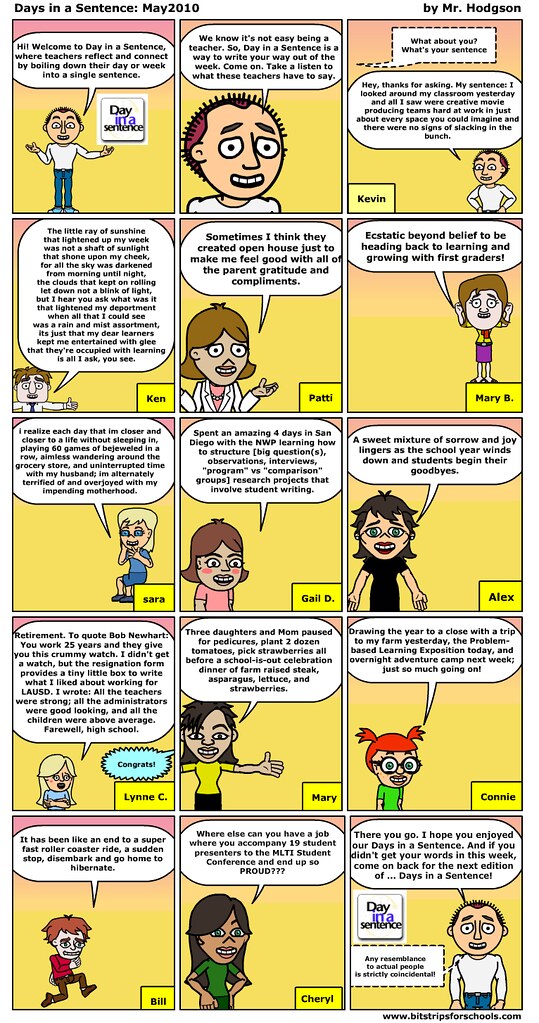Last night, I was part of a community meeting at our neighborhood school where my sons go (not where I teach) to interview the two finalists for principal. This is important to me because my youngest starts kindergarten there next year and the school has been sort of rudderless since our last principal left and an interim (now, for two years) was put in place by our superintendent.
Let me say, I was underwhelmed by both candidates, and that is frustrating to me.
Both finalists seemed like hard-working people with rich backgrounds in working with kids, although their strengths were clearly in opposite sides of the spectrum. One finalist is very child-centered (coming from an ESL background) while the other was about discipline and school climate (currently an administrator in that sort of position).
I paid careful attention to the vision they had for the school, particularly around literacy. One mentioned that they like the concept of writing workshop and Lucy Calkins, but didn’t convince me that they had an idea or plan for moving those ideas into the entire school. This finalist did talk about expanding texts beyond the basil readers now in use (good) but gave no specifics about how that would be done or what that would look like.
The other finalist talked about the use of personal narratives for students (good) but did not articulate a vision that put that kind of writing at the center of a vision. This finalist also danced across the line of criticizing Response to Intervention (RTI) until the superintendent informed him that the school uses RTI. (My thought: why didn’t this person ask about programs before this interview?)
I don’t know. Neither seems the kind of visionary our school needs, but then again, it is tough being principal these days and maybe the pool is shallower than I thought. Our last principal had clear visions, but she ruffled a lot of feathers along the way. Me? I say, ruffle them if it means improving the school.
Pet peeve: one of the finalists talked in educational jargon, peppering their answers with acronyms. I had to stop them a few times and ask them to explain what they were talking about for parents not well-versed in it. (remember, now, this is an unknown audience member interrupting them, asking to explain the concepts they were using in their answers). While a friend of mine later said this jargon speak was not a big deal for her, to me it indicated no sense of audience, and I wondered how that might translate into how they deal with teachers.
Peace (in the frustration),
Kevin



